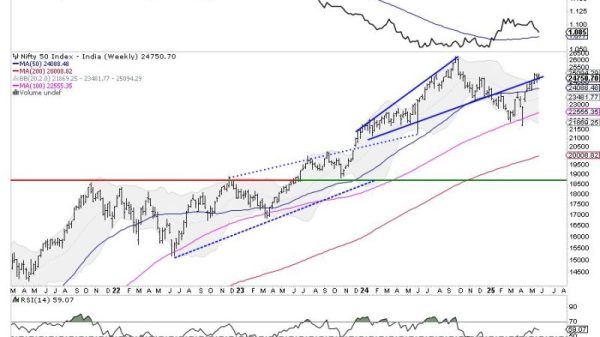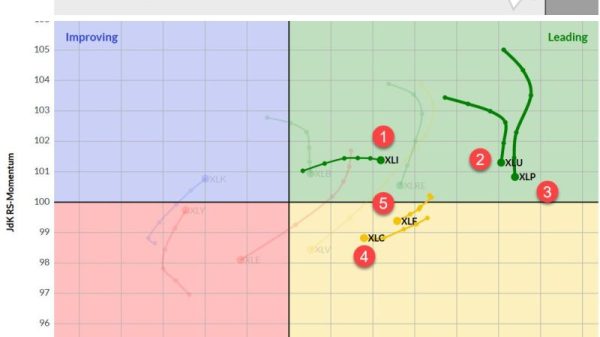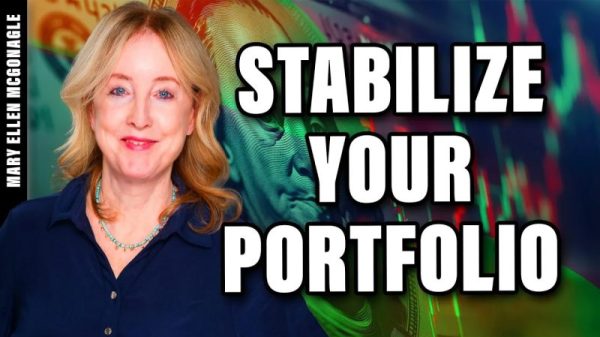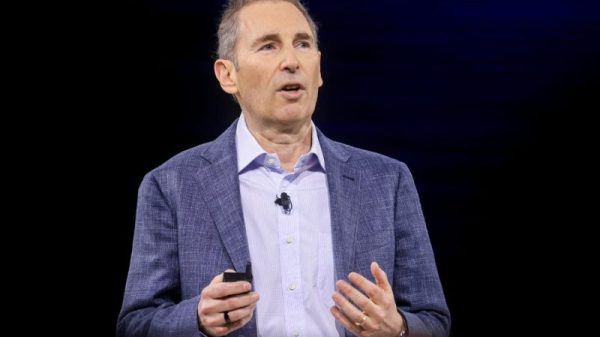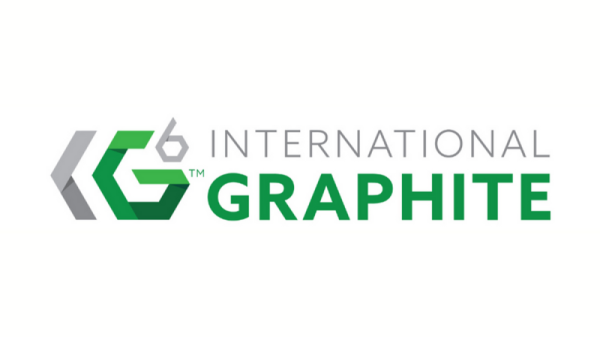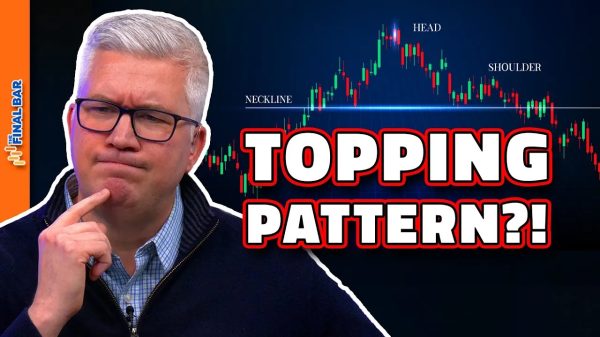Marc Joffe
While the recent rise in interest rates creates headaches for governments issuing bonds (and for the taxpayers who are obliged to pay debt service on these bonds), it provides an option for public pension funds managing large pools of assets. Rather than investing in riskier assets, pension fund managers can now earn 5% or more annually on bonds.
De‐risking public pension portfolios is a win for future taxpayers who would no longer be on the hook for retiree benefits if pension investments go sour.
According to a Hoover Institution analysis, state and local pension systems have racked up over $5 trillion in unfunded pension liabilities. These liabilities could be radically reduced by shrinking the number of state and local government employees and switching those that remain from defined‐benefit pension plans to defined‐contribution plans, like those common in the private sector.
But until support can be found for these more comprehensive solutions, reformers can limit the growth of unfunded pension liabilities by advocating more prudent approaches to managing pension fund assets.
Before the 1950s, public pension systems invested their funds almost exclusively in bonds. But as officials sweetened benefits and member lifespans increased, the relatively paltry returns on bonds were insufficient to pay future benefits. Rather than increase employee and employer contributions, pension systems began “stretching for yield” by investing in higher return, but higher risk investment vehicles.
When interest rates bottomed out during the pandemic, long‐term Treasury bonds were yielding around 1%, making them an especially poor fit for pension systems with “assumed rates of return” that averaged around 7%.
But now the margin between Treasury bond yields and pension plan return targets has narrowed considerably. And, for some pension plans with more conservative assumptions, corporate bonds may already provide sufficient yield.
For example, the Kentucky State Police Retirement System and the Kentucky Employee Retirement System Non‐Hazardous Plan have return assumptions of 5.25%. A portfolio of long‐term corporate bonds could meet this threshold.
Systems with higher return assumptions could migrate to low‐risk, fixed‐income portfolios by lowering their assumed rates of return. If a system reduces its return assumption from 7% to 5.25%, like the Kentucky plans, its reported liabilities would increase, and system actuaries would recommend higher pension contributions over the near term. While this is initially a bad outcome for taxpayers, they may be better off in the long run.
If pension systems hold portfolios of less volatile assets — Treasury or corporate bonds –there is less risk of investment losses that trigger sudden spikes in unfunded pension liabilities, and the sharp increases in pension contributions required to eliminate them.







